Stalin wanted Trotsky dead. He’d got rid of Bukharin, Kamenev and Zinoviev and several other old Bolsheviks, but his greatest enemy, Leon Trotsky, was still alive. He’d thoroughly defeated his rival and had chased him out of the country. But still, it wasn’t enough. He didn’t care how long it took as long as Trotsky was liquidated. In August 1940, in faraway Mexico City, an NKVD agent buried an ice pick into the back of Trotsky’s head. Stalin had got his wish.
Born Lev Bronshtein on 7 November 1879 in the village of Yanovka in Ukraine, Leon Trotsky, the son of a prosperous Jewish farmer, became involved in politics from a young age. Arrested in 1898, the 19-year-old Trotsky was exiled to Siberia where he married and had two daughters, both of whom predeceased him. In 1902, he escaped exile using a forged passport bearing the name Trotsky, the name, he later claimed, of a prison guard he had met in Odessa. He made his way to London where, for the first time, he met Vladimir Lenin and joined the Russian Social Democratic Labour Party. Following the split of the RSDLP, Trotsky’s loyalty floated between the two factions, the Bolsheviks and Mensheviks, often repudiating any party ties and holding a stance of non-allegiance. He opposed Lenin on many issues, a stance that was later held against him.
 Leon Trotsky, 1915.
Leon Trotsky, 1915.
Following the outbreak of disturbances throughout Russia in 1905, Leon Trotsky arrived in St Petersburg and there joined its council of workers, or ‘Soviet’, becoming its chair until its forced break-up by tsarist troops in December. Trotsky, along with other leaders, was arrested and again sentenced to exile in Siberia. But en route, he escaped and made his way to London before settling in Vienna where he founded and wrote a newspaper for Russia’s workers, Pravda, ‘Truth’, earning the nickname, ‘the Pen’, for his writing. With the outbreak of war in 1914, Trotsky, as a Russian, was forced to leave Austria. He lived in Paris until, expelled for his anti-war writings, he emigrated to Spain and then New York, arriving in January 1917.
Revolution
Trotsky returned to Russia and Petrograd (as St Petersburg was now known) in March 1917 and became, in effect, Lenin’s second-in-command as the Bolsheviks overthrew the Provisional Government and set up a new socialist order. (Trotsky turned 38 the day of the October Revolution.)
In forming the Council of People’s Commissars, Russia’s new government, Lenin initially offered the post of chair, in effect head of state, to Leon Trotsky but Trotsky declined the offer, fearing that having a Jew in charge of a country that was still strongly anti-Semitic could be problematic. Instead, Trotsky was appointed the People’s Commissariat for Foreign Affairs.
Following Russia’s withdrawal from the First World War, Trotsky was appointed War Commissariat, responsible for strengthening and injecting much-needed discipline into the Red Army. His use of former officers of the tsar’s imperial army caused much disquiet within the party, Joseph Stalin being particularly critical, and was another tool later used against him.
The most capable man
Trotsky seemed the natural successor to Lenin. In Lenin’s ‘Testament’, (Lenin’s written assessment of his underlings), he was described as having ‘outstanding ability’ and ‘perhaps the most capable man in the present Central Committee’ but was prone, according to Lenin, of displaying ‘excessive self-assurance’. But Trotsky’s succession was blocked by a troika consisting of Stalin, Lev Kamenev and Grigory Zinoviev. Trotsky greatly underestimated Stalin, once referring to him as ‘an excellent bit of mediocrity’.
Following Lenin’s death in January 1924, Stalin ensured he was centre place during the funeral arrangements and the funeral itself. Trotsky had been ill and was recovering in a resort in the Caucasus and Stalin’s telegram to him purposefully gave the wrong date for the funeral.
Trotsky was increasingly marginalised by the party to the point in January 1925, he was relieved of his ministry. Kamenev and Zinoviev, two-thirds of the troika, themselves fell out with Stalin and belatedly joined forces with Trotsky. In October 1927, Trotsky was expelled from the Central Committee and the following month from the Communist Party altogether.
Exiled
In January 1928, Trotsky, accompanied by his wife, Natalia Sedova, was exiled to Kazakhstan and finally banished from the Soviet Union altogether in February 1929. After four years in Turkey, two years in France and two in Norway, always heavily under guard, Trotsky settled in Mexico. For a while, he lived in the house of the artist Diego Rivera and, while there, had an affair with Rivera’s wife and fellow artist, Frida Kahlo. Moving into a house in a leafy suburb of Mexico City, Trotsky began writing prolifically – penning, amongst several books and articles, an autobiography, a history of the Russian Revolution and embarking on a biography of Stalin, in which he described Stalin as having ‘played a dismal role during the 1917 revolution’. (The book remained unfinished).
Meanwhile, Moscow hosted the first of the infamous Show Trials in which old Bolsheviks, such as Kamenev and Zinoviev, confessed to various anti-state conspiracies and having acted under the instructions of Trotsky. All were sentenced to death, including Trotsky who was found guilty in absentia.
 Leon Trotsky, Natalia Sedova and their son, Lev Sedov, 1928.
Leon Trotsky, Natalia Sedova and their son, Lev Sedov, 1928.
State Museum of Russian Political History.
Trotsky’s two sons from his second marriage both predeceased him: Sergei Sedov was eliminated in 1937 during Stalin’s ‘Great Purge’ while, in February 1938, his brother, Lev, died on the operating table from a supposed acute appendicitis (very likely on the orders of the NKVD).
Assassination
Despite having up to ten guards at a time, in May 1940, Trotsky survived a raid on his house in Mexico, in which his 25-year-old assistant was abducted, tortured and later murdered, and his grandson, Esteban Volkov, was shot in the foot. Trotsky was unharmed but he was less fortunate three months later.
During this time, Trotsky and his wife were befriended by a Canadian called Frank Jacson, who was introduced to them by Trotsky’s secretary who happened to be Jacson’s lover. Jacson was, in fact, Jaime Ramón Mercader del Río, a Spanish communist and agent for Stalin’s NKVD, who had seduced Trotsky’s secretary in order to get close to his intended victim.
On 20 August, about 5.30 pm, Ramon Mercader turned up at Trotsky’s home, asking if Trotsky would read something he’d written. A hot day, Sedova, Trotsky’s wife, asked Mercader, ‘Why are you wearing your hat and topcoat?’ Refusing Sedova’s offer of tea, Mercader followed Trotsky into the study. Sitting down, Trotsky began to read Mercader’s work. Mercader then retrieved the ice pick he’d been hiding within his coat (he had shortened its handle to better conceal it) and struck such a heavy blow to the back of Trotsky’s head that it impacted the brain. Having heard a ‘terrible, soul-shaking cry’, Sedova found her husband ‘leaning against the door…. His face covered with blood, his eyes, without glasses, were sharp blue, his hands were hanging’.
Rushed to hospital, Leon Trotsky died in hospital the following day. It had taken over a decade, but Stalin had got his man.
Sedova hoped that ‘retribution will come to the vile murderers’. Claiming he had acted alone, Ramón Mercader served twenty years in a Mexican prison but never suffered much by way of retribution. Released in 1960, he received a warm welcome from Fidel Castro in Cuba before making his way to the Soviet Union where he was presented with a ‘Hero of the Soviet Union’ award. He died in 1978.
The house in which Trotsky was attacked was later made into a museum, run by Esteban Volkov, the grandson who had been shot in the foot.
Rupert Colley.
 Read more Soviet / Russian history in The Clever Teens’ Guide to the Russian Revolution (80 pages) available as paperback and ebook from Amazon, Barnes & Noble, Waterstone’s, Apple Books and other stores.
Read more Soviet / Russian history in The Clever Teens’ Guide to the Russian Revolution (80 pages) available as paperback and ebook from Amazon, Barnes & Noble, Waterstone’s, Apple Books and other stores.
Like this:
Like Loading...
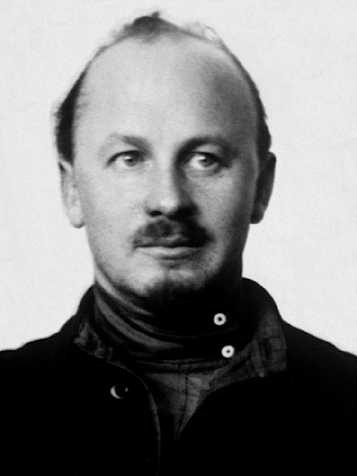 Born in Moscow on 9 October 1888 to two primary school teachers, the 17-year-old Bukharin joined the workers’ cause during the Russian Revolution of 1905 and, the following year, became a member of the Bolshevik Party. Like many of his radical colleagues, he was arrested at regular intervals to the point that, in 1910, he fled into exile.
Born in Moscow on 9 October 1888 to two primary school teachers, the 17-year-old Bukharin joined the workers’ cause during the Russian Revolution of 1905 and, the following year, became a member of the Bolshevik Party. Like many of his radical colleagues, he was arrested at regular intervals to the point that, in 1910, he fled into exile. 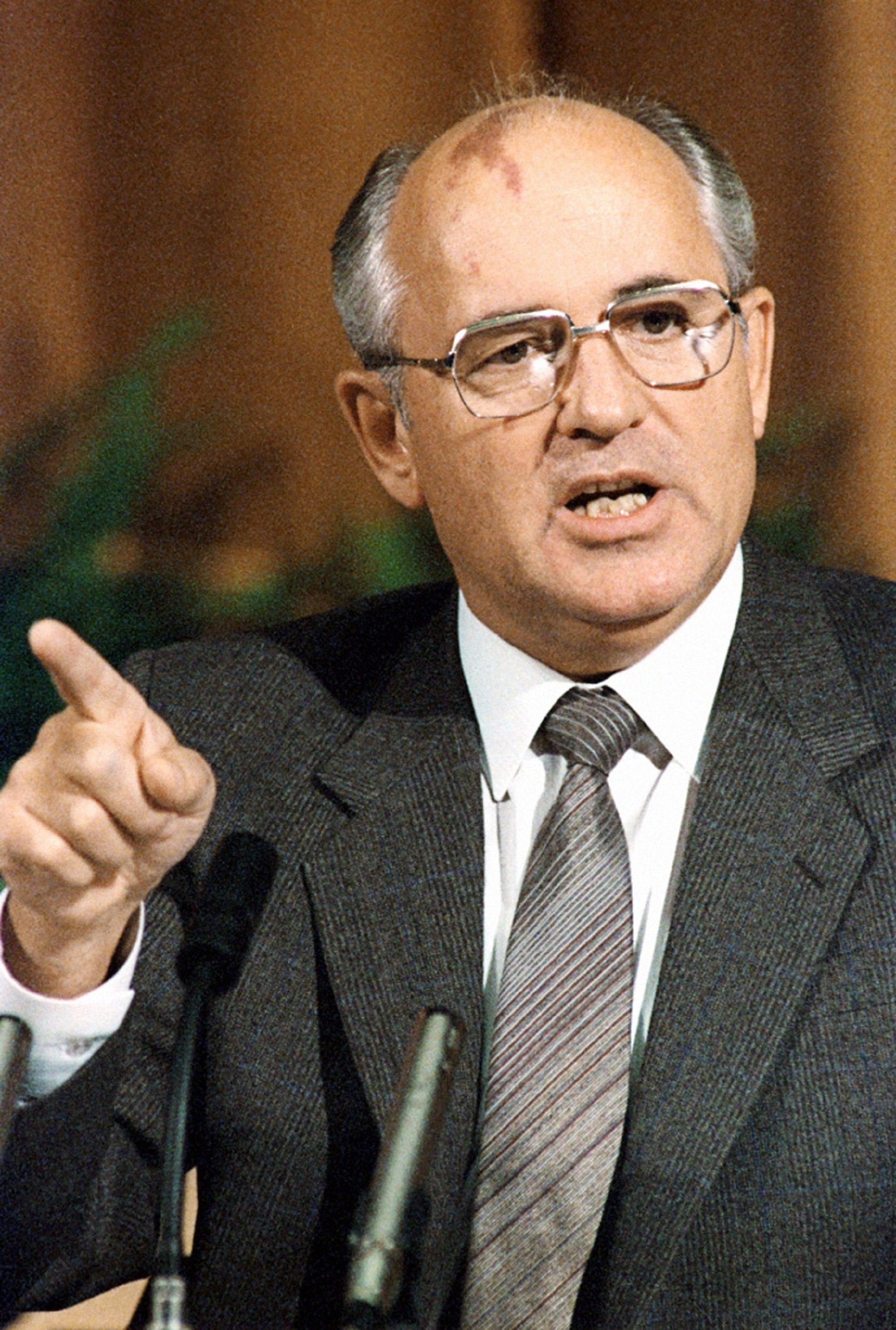 The Youngest First Secretary
The Youngest First Secretary As a two-year-old in 1903, Nadezhda, or Nadya, Alliluyeva was reputedly saved from drowning by the visiting 25-year-old Stalin. When staying in St Petersburg (later Petrograd), Stalin often lodged with the Alliluyev family. We don’t know for sure but he may have had an affair with Olga Alliluyeva, Nadya’s mother and his future mother-in-law.
As a two-year-old in 1903, Nadezhda, or Nadya, Alliluyeva was reputedly saved from drowning by the visiting 25-year-old Stalin. When staying in St Petersburg (later Petrograd), Stalin often lodged with the Alliluyev family. We don’t know for sure but he may have had an affair with Olga Alliluyeva, Nadya’s mother and his future mother-in-law. The following morning, servants found Nadya dead – she had shot herself with a pistol given to her by her brother, Pavel Alliluyev, as a present from Berlin. (Pavel, who was there that morning and comforted his grieving brother-in-law, would die in suspicious circumstances six years later, aged 44. Indeed, most of the Alliluyev clan would suffer early deaths on the orders of Stalin. His daughter, Svetlana Alliluyeva, wondered whether Stalin would eventually have had her own mother arrested).
The following morning, servants found Nadya dead – she had shot herself with a pistol given to her by her brother, Pavel Alliluyev, as a present from Berlin. (Pavel, who was there that morning and comforted his grieving brother-in-law, would die in suspicious circumstances six years later, aged 44. Indeed, most of the Alliluyev clan would suffer early deaths on the orders of Stalin. His daughter, Svetlana Alliluyeva, wondered whether Stalin would eventually have had her own mother arrested). Rupert Colley.
Rupert Colley. Leon Trotsky, 1915.
Leon Trotsky, 1915. Leon Trotsky, Natalia Sedova and their son, Lev Sedov, 1928.
Leon Trotsky, Natalia Sedova and their son, Lev Sedov, 1928. 

 Read more about the Cold War in The Clever Teens’ Guide to the Cold War (75 pages) available as paperback and ebook from
Read more about the Cold War in The Clever Teens’ Guide to the Cold War (75 pages) available as paperback and ebook from 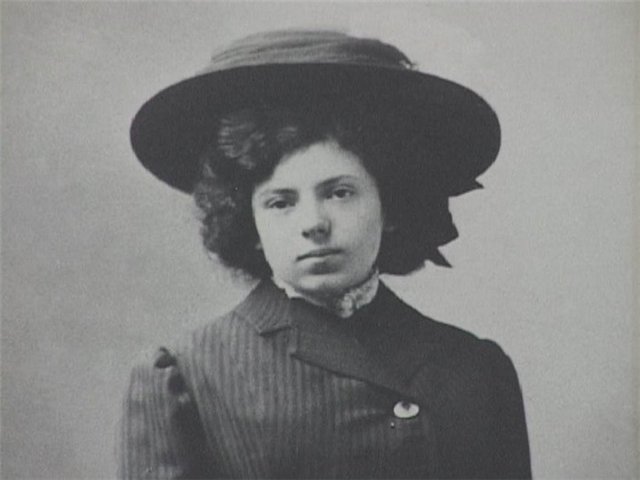 Vera
Vera 
 On 23 August 1939, the Nazis and Soviets had signed a non-aggression pact. But both sides knew it was never meant to be more than a postponement of hostilities.
On 23 August 1939, the Nazis and Soviets had signed a non-aggression pact. But both sides knew it was never meant to be more than a postponement of hostilities.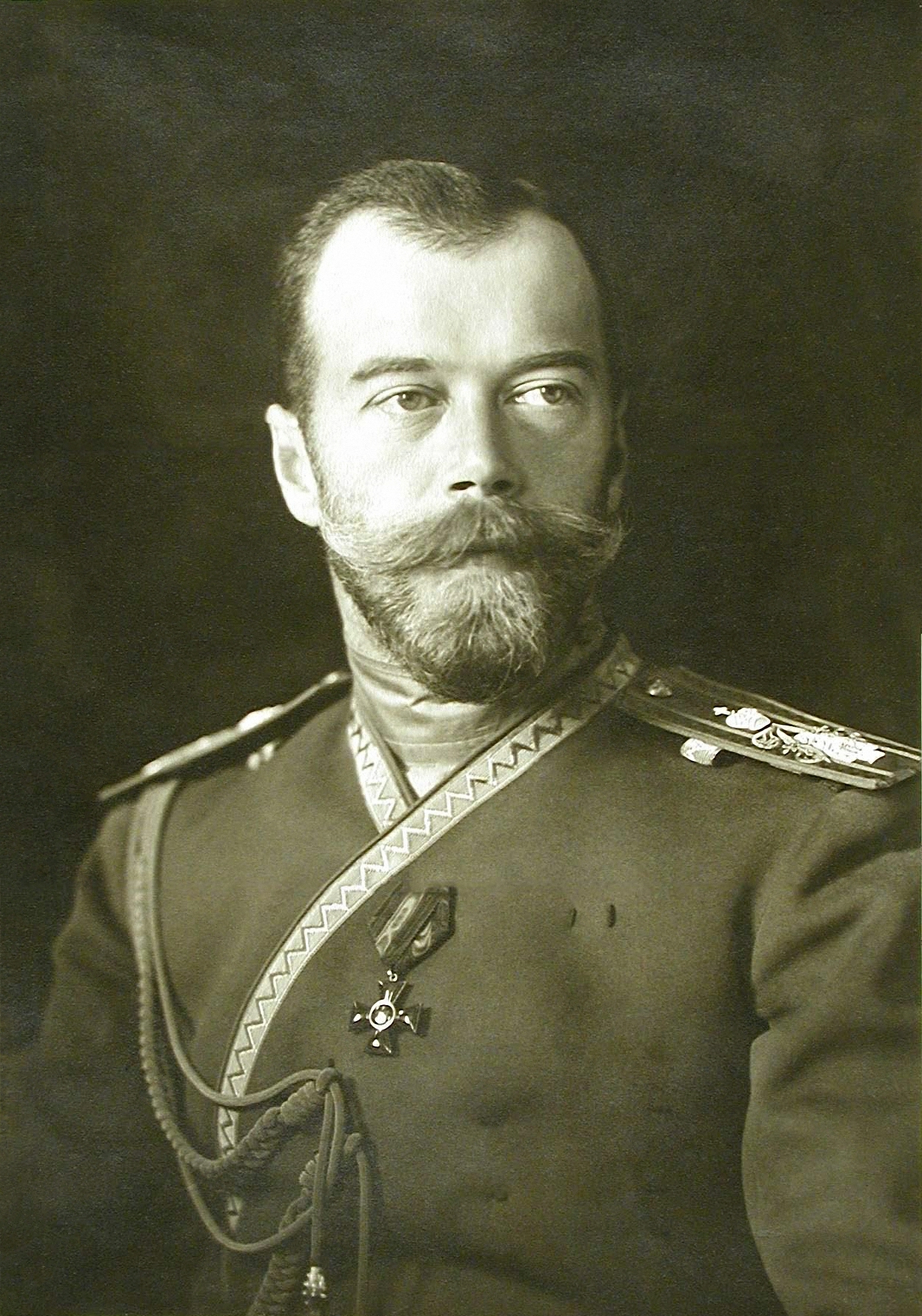 The Khodynka Tragedy
The Khodynka Tragedy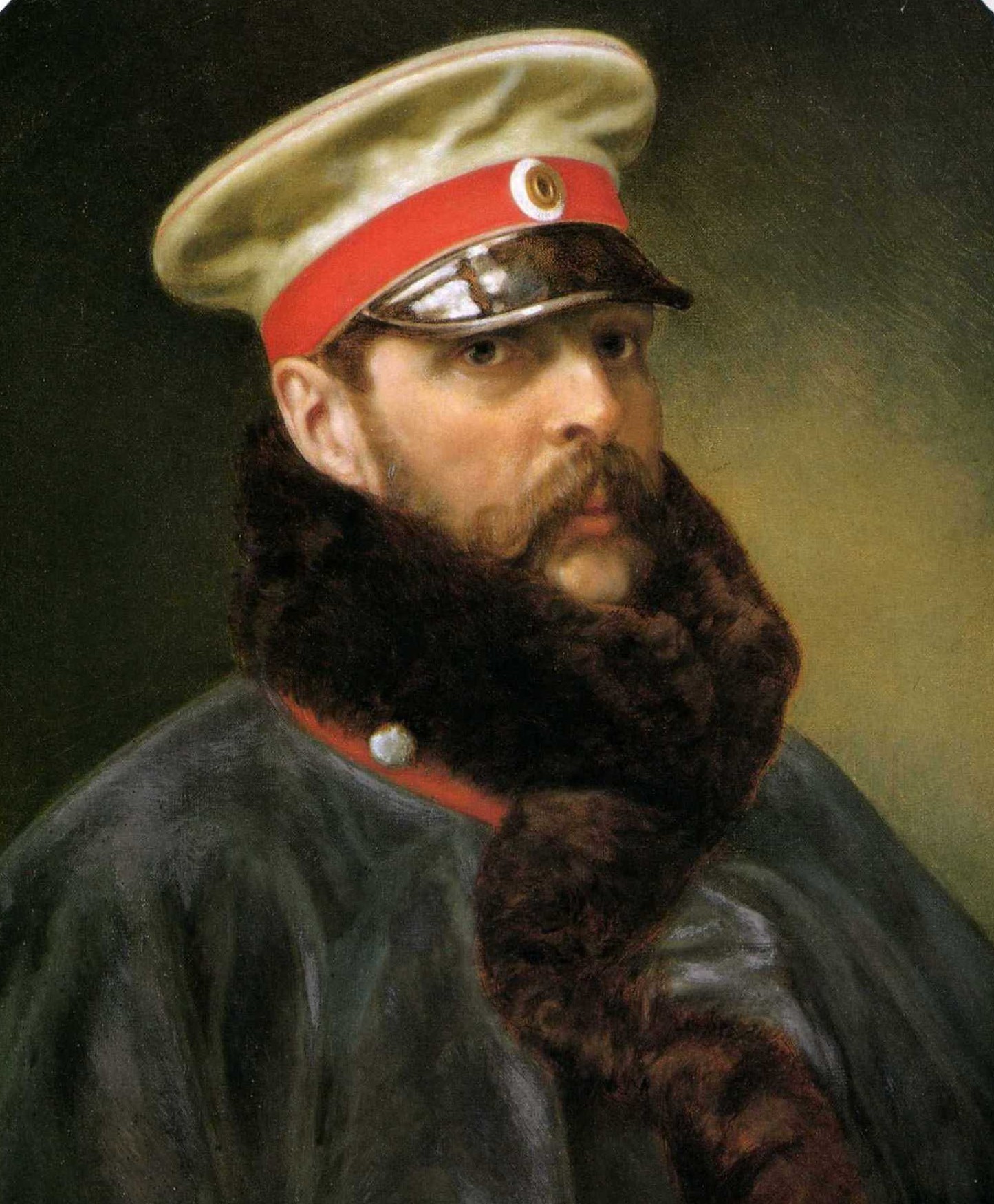 Alexander instigated a vast improvement in communication, namely expanding Russia’s rail network from just 660 miles of track (linking Moscow and St Petersburg) in the 1850s to over 14,000 miles within thirty years, which, in turn, aided Russia’s industrial and economic expansion.
Alexander instigated a vast improvement in communication, namely expanding Russia’s rail network from just 660 miles of track (linking Moscow and St Petersburg) in the 1850s to over 14,000 miles within thirty years, which, in turn, aided Russia’s industrial and economic expansion.